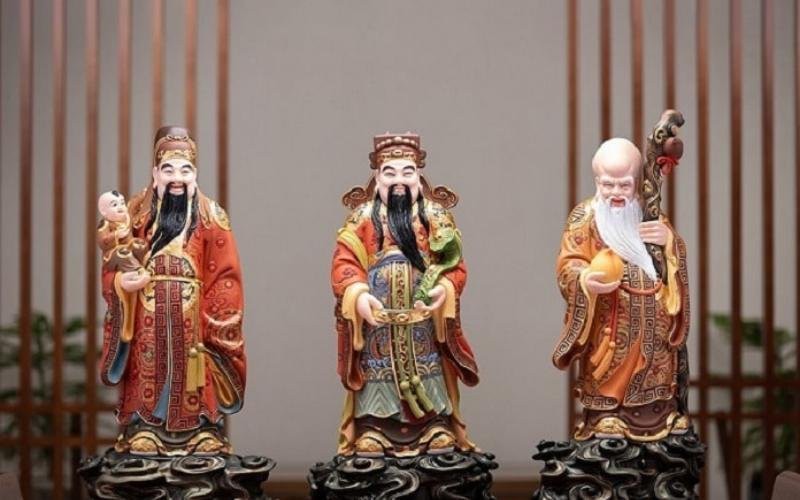Decoding the twisted, scary face of the Egyptian pharaoh
According to the Express, ancient Egypt is one of the most fascinating civilizations for archaeologists. Thanks to archeology, many wonderful secrets about the ancient ancestors of the Egyptians have been decoded. Among the amazing discoveries about ancient Egypt, there is a little-known pharaoh whose life and death are full of mysteries, attracting the exploration and discovery of researchers. assist.
Discovered by locals in 1871 and accessed by Egyptologists 10 years later, the Royal Cache is an ancient Egyptian mausoleum containing the mummies and burial paraphernalia of more than 50 kings, queens and queens. other royal members of the New Kingdom of Egypt (a period in the history of Ancient Egypt that spanned the mid-16th century BC to the 11th century BC).
In addition to legendary kings such as Ramesses the Great and Seti I, this period contains a little-known pharaoh but his mysterious life and “violent” death have greatly interested archaeologists.
An inscription on the pharaoh’s coffin lid that reads “Seqenenre the Brave” provides the first clue to how he lived and died.
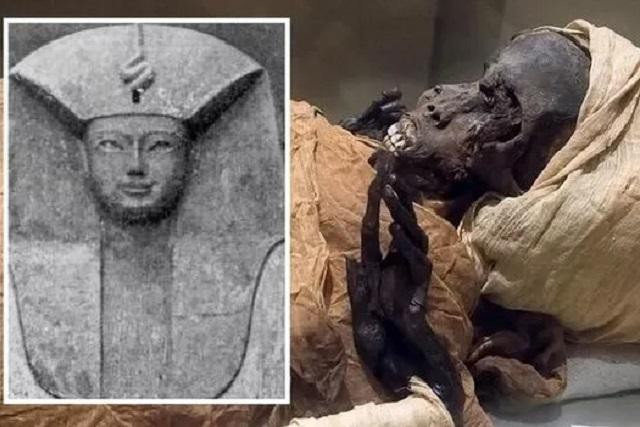
Pharaoh Seqenenre met a violent, painful death. Express photo.
Dr Richard Shepherd, a world-renowned forensic pathologist who specializes in investigating suspicious deaths, said: “When we looked at his face, it was definitely an unusual face. It’s very distorted. The whole nose, right eye, bridge of the nose, left eye are all very distorted.”
Seqenenre is the only Egyptian pharaoh ever found with such ferocious wounds.
Pointing to the horrific wounds on the side of the pharaoh Seqenenre’s head, Dr. Shepherd emphasized: “This was a horrendously strong external force wound. His brain was hit hard, creating an indentation like Like this crater, this wound looks a bit strange, I think, partly because the bone was crushed, maybe because the weapon was pulled out afterwards. It left a piece of the outside of the skull. overturned”.
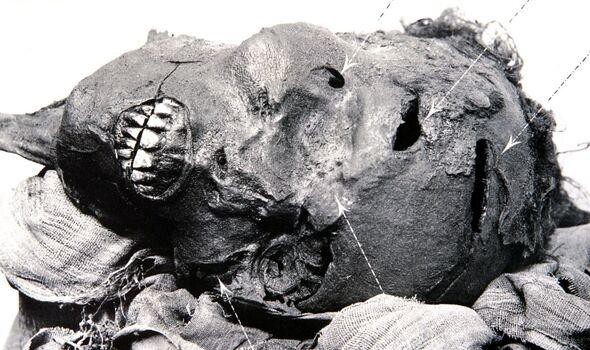
The distorted, twisted face of the ancient Egyptian pharaoh. Express photo.
Dr. Shepherd attempted to find out how the pharaoh Seqenenre died by conducting the only full autopsy ever performed on the pharaoh Seqenenre’s body.
Before that, an expert named Elliot Smith conducted an autopsy on this Egyptian pharaoh in 1912, and concluded that Seqenenre died of an ax wound in a battle.
“Elliot Smith spoke of an ‘axe’ in his report, and I would like to confirm that to the best of our knowledge now,” stated Dr. Shepherd.
“When I look at these two injuries, what I can tell is that they are both lethal injuries. Even one injury can be fatal,” said Mr. Shepherd. added.
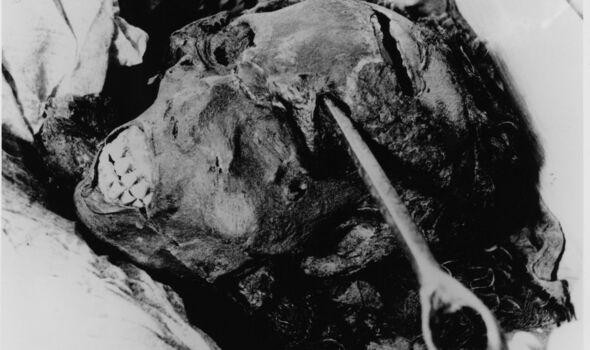
Terrible wounds on his face and forehead. Express photo.
The “violent” death of the pharaoh Seqenenre is also described in a 2005 book by Gaston Maspero entitled “History of Egypt, Chaldaea, Syria, Babylonia and Assyria, Volume 4”.
Accordingly, author Maspero writes: “One blow with an ax severed part of his left cheek, exposed his teeth, fractured his jaw, and sent him to the ground helpless; another hit his skull. seriously wounded, and a dagger or javelin cut into his right forehead, just above his eye. His body must have been lying where he fell for some time. When the body was found, decomposition has begun, and embalming must be done as quickly as possible.”
It is widely believed that the wounds on the pharaoh’s head were inflicted by a Hyksos ax, and other wounds to his neck were inflicted by a dagger while he was lying dead on the ground.
The absence of wounds to his arms and hands also suggests that the king died defenseless.
A 2021 CT scan shows that the pharaoh Seqenenre was in his 40s when he died, and his disfigured hands show that the pharaoh was once imprisoned with his hands bound.
The facial wounds of pharaoh Seqenenre strongly correlate with Hyksos weapons, suggesting that he may have led military skirmishes against the Hyksos and died in one of these skirmishes.
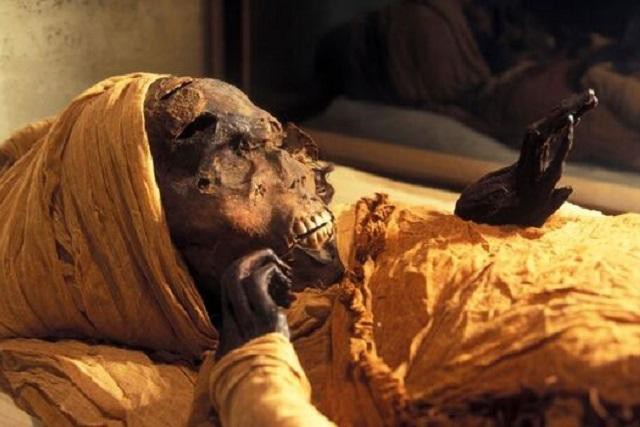
The mummy of pharaoh Seqenenre was found in the Royal Cache Tomb. Express photo.
During the process of embalming Seqenenre, the embalmers are said to have tried to hide the king’s injuries. The methods used suggest that the embalming process took place in a Royal embalming workshop. After the pharaoh Seqenenre died on the battlefield, the war against the Hyksos continued.
Seqenenre’s son and successor, Wadjkheperre Kamose, the last ruler of the Seventeenth Dynasty at Thebes, is said to have launched a successful campaign against the Hyksos (who ruled Lower Egypt). However, pharaoh Wadjkheperre Kamose is also said to have died in battle during this campaign.
The pharaoh Kamose’s mother, Queen Ahhotep I, is said to have become the main ruler after her son’s death. She continued her war against the Hyksos until Ahmose I, the second son of Seqenenre and Ahhotep I, was old enough to assume the throne, completing the expulsion of the Hyksos from Egypt and unifying the kingdom.
at Blogtuan.info – Source: danviet.vn – Read the original article here

